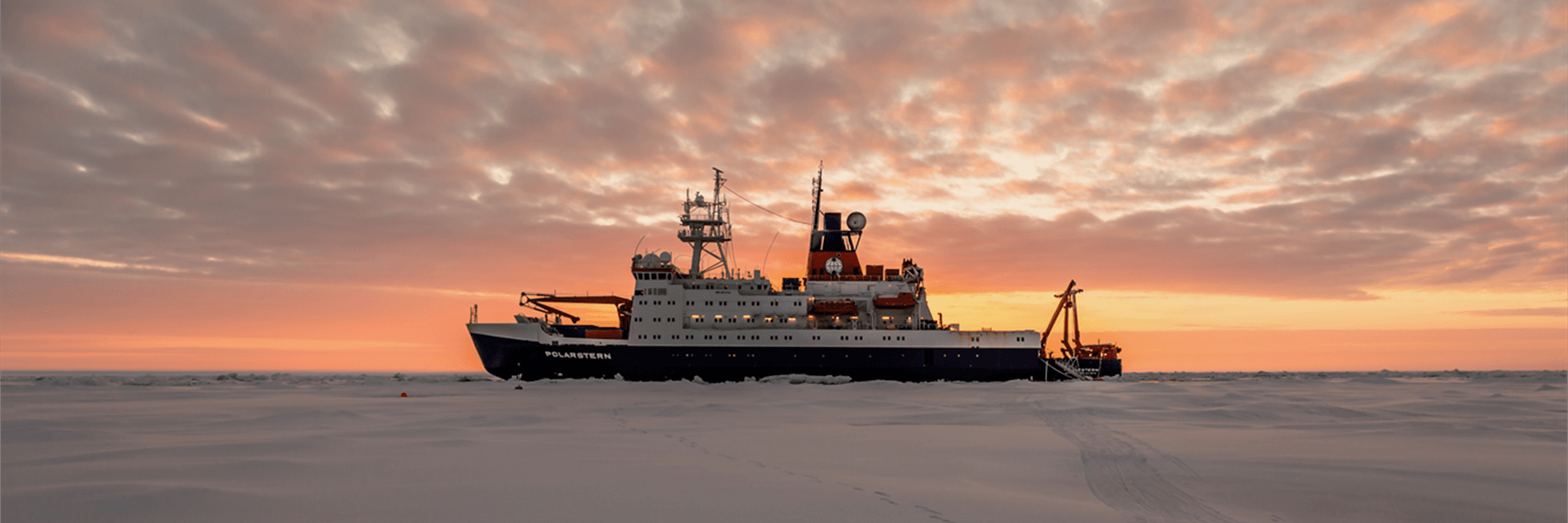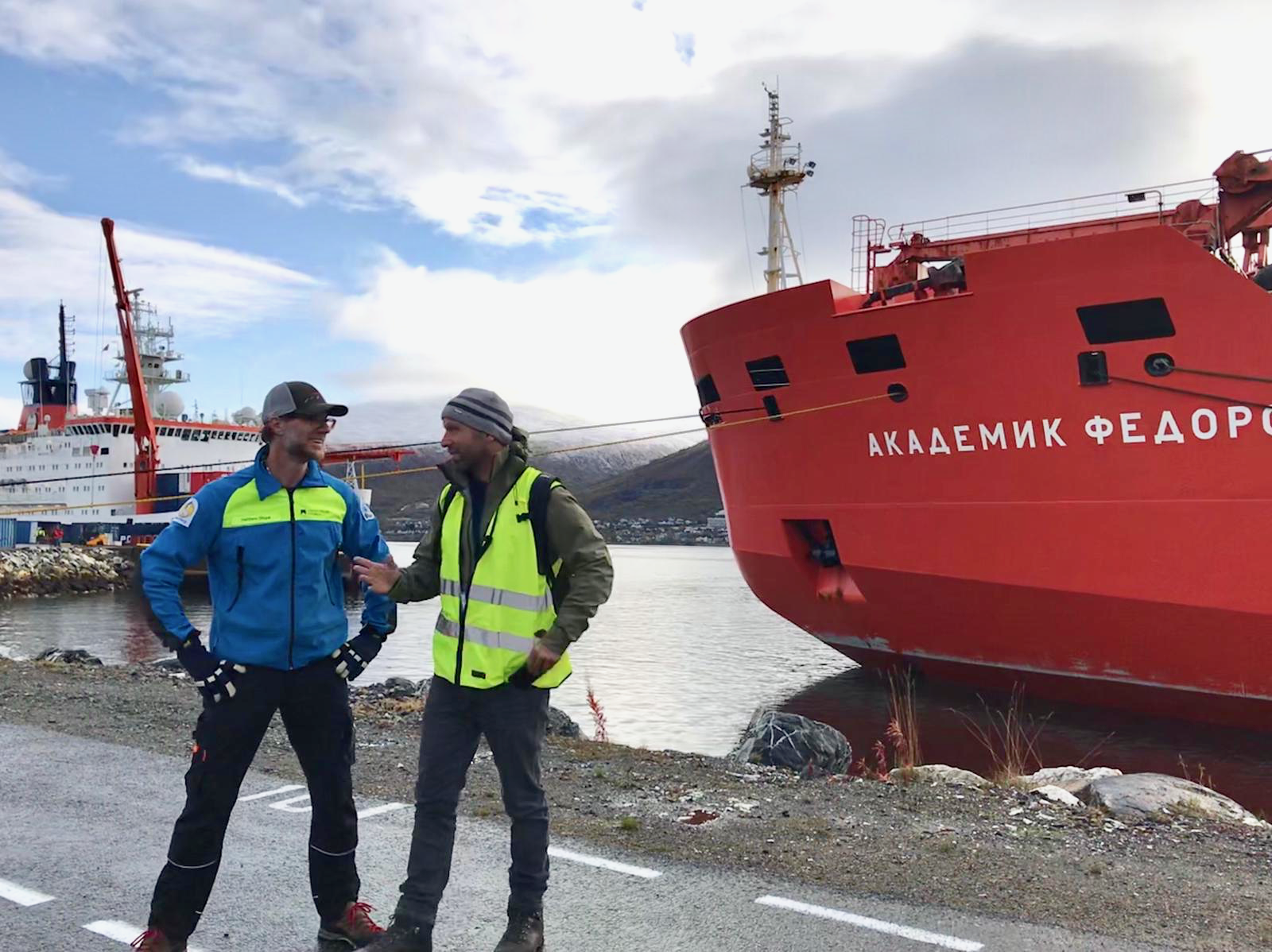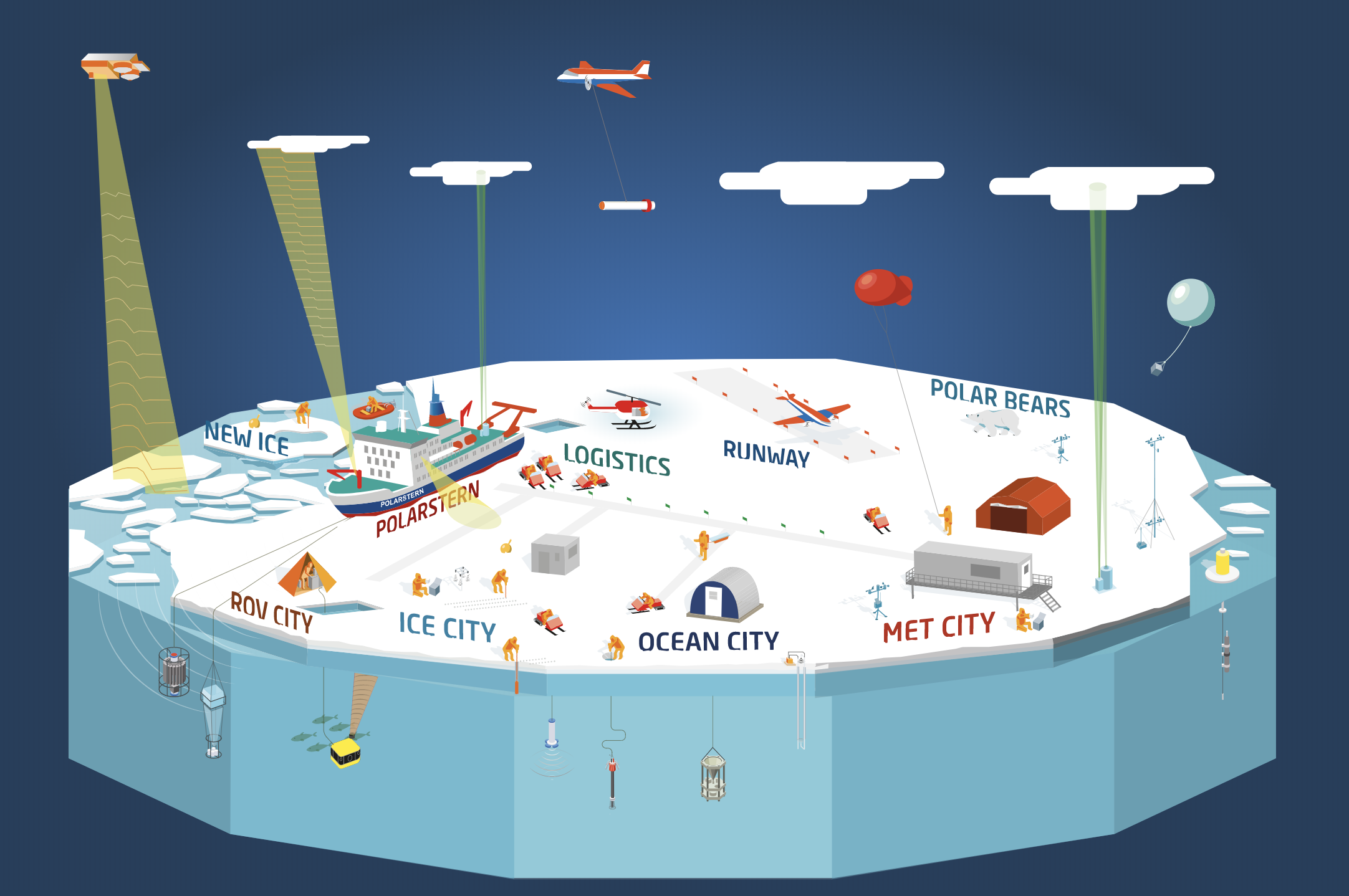A Year Locked in Ice: Unprecedented international expedition to explore the central Arctic gets underway

The most ambitious research expedition ever to target the central Arctic got underway as the German icebreaker RV Polarstern pulled out of Tromsø on September 20, destined for an ice floe where it will serve as a drifting base for hundreds of scientists during the next 13 months.
More than 10 years after CIRES scientist Matthew Shupe of the ESRL Physical Sciences Laboratory conceived of the idea, the Multidisciplinary Drifting Observatory for the Study of Arctic Climate (MOSAiC) has become a $150 million voyage of discovery led by the Alfred Wegener Institute, with significant funding by the US. Department of Energy and other US agencies. More than 400 scientists from 19 countries, including some of the world’s top Arctic researchers, will participate.

Years of planning help ease a hectic departure
This is the first time a modern research icebreaker will operate in the direct vicinity of the North Pole year-round, including the nearly six-month long polar night during winter. In terms of the logistical challenges involved, the total number of participants, the number of participating countries, and the available budget, MOSAiC represents the largest Arctic expedition in history. “It’s really amazing to see all the composure here during a really stressful time,” said Shupe, the U.S co-lead on the massive expedition, as dozens of scientists worked to install equipment on board just hours before Polarstern’s departure. “I am really energized by all these people and energy moving in the same direction. I see this around every corner of the ship.”
Researchers will be conducting experiments and collecting data from the atmosphere, ice and ocean with instruments on board the Polarstern, and from locations up to several miles away, to explore the physical, chemical, and biological processes that drive the Arctic atmosphere, sea ice, ocean, and ecosystem. Results from the mission will help scientists improve models and forecasts of local, regional, and global weather and climate..
In total, scientists and funding agencies from 19 nations are involved. The United States represents the second-largest national funder with support from the National Science Foundation, Department of Energy, National Oceanic and Atmospheric Administration, and NASA. The NOAA contingent is comprised primarily of CIRES scientists from the Physical Sciences Laboratory.
First challenge: Where do you park an icebreaker?
After departing Tromsø, 350 miles north of the Arctic Circle, the ship will position itself so that it freezes into drifting ice as the polar night descends. Research during the roughly six months of darkness will present challenges on top of those delivered by the frigid Arctic winter. Special lights, night-vision goggles to watch for polar bears, and activities designed to maintain a healthy daily schedule in the close confines of the ship are some of the adaptations scientists will have to make.

What happens in the Arctic doesn’t stay in the Arctic
For the Alfred Wegener Institute’s Markus Rex, leader of the MOSAiC expedition, the Arctic is the “kitchen” for weather in the northern hemisphere. Extreme weather conditions like outbreaks of cold Arctic air in winter, or heat waves in summer, are linked to the changes in the Arctic, he said. Given that Arctic change is likely to have a global impact, research to improve climate models is of utmost importance.
“There aren’t any reliable prognoses of how the Arctic climate will develop further or what that will mean for our weather,” said Rex. “Our mission is to change that.”
To learn more, visit PSL's MOSAiC web page , the University of Colorado MOSAiC website , and the Alfred Wegner Institute expedition website .
Media contacts: Theo Stein, NOAA Communications: theo.stein@noaa.gov, & Katy Human, CIRES Communications Director: kathleen.human@colorado.edu.
Posted: September 20, 2019